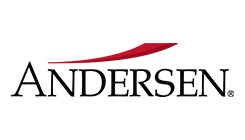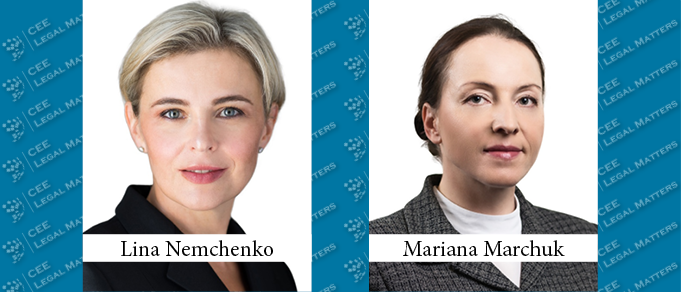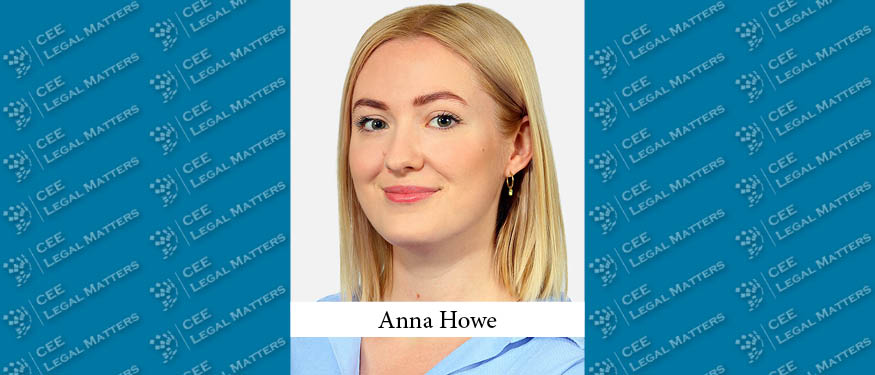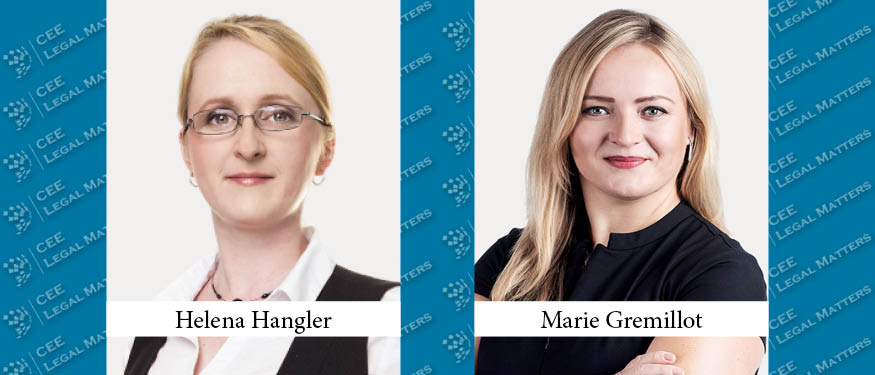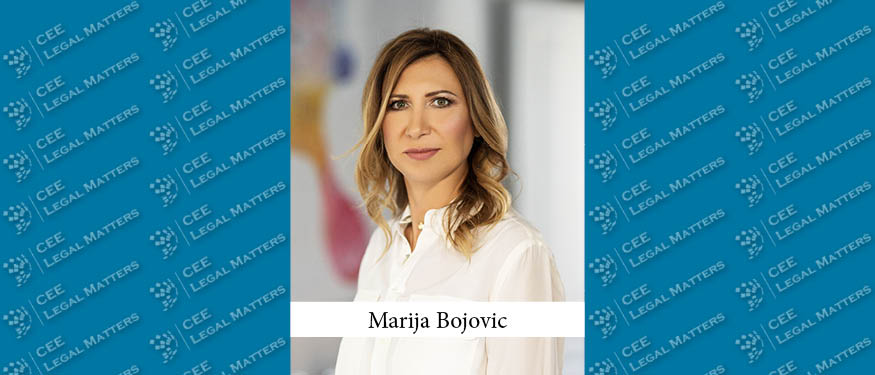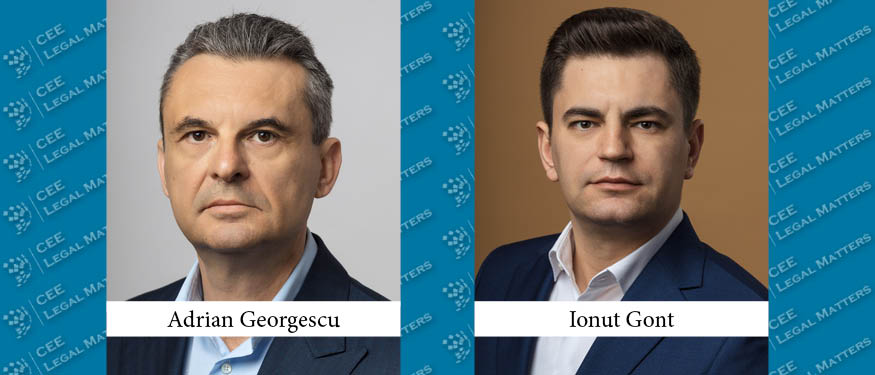The competitive landscape in Romania is marked by rigorous enforcement and alignment with EU regulations, making it a challenging, dynamic environment for businesses. Tuca Zbarcea & Asociatii Partner Andreea Oprisan discusses recent legislative developments and the Romanian Competition Council’s proactive measures in an effort to shed light on this complex legal framework.
CEELM: How would you describe the current competition landscape in Romania?
Oprisan: It is indeed a very competitive environment, with high quality in both the actions of the Romanian competition authority – a well-reputed body – and efforts to support the economy and align competition law with EU legislation. Each year, new and increasingly diverse cases arise, making the practice here very challenging and engaging.
CEELM: What significant legislative developments have occurred in recent years? How does Romanian competition law interact and align with EU regulations?
Oprisan: The Romanian and EU legislation are significantly similar since Romania incorporates various EU regulations directly into Romanian law. The European Commission’s extensive expertise influences our competition authorities, who closely follow EU guidelines on topics such as agreements between competitors and vertical agreements like those between suppliers and distributors. Last year, competition law was amended extensively, incorporating the ECN+ Directive. To some extent, several of such principles were previously applicable but not formally codified. To name a few, in line with the ECN+ Directive, competition law now includes provisions on enhanced cooperation between EU authorities, the right against self-incrimination, and the liability of a mother company for its affiliates. Although these principles were recognized in practice, the authority preferred to have them explicitly stated in local legislation.
Even in the absence of such amendments, in line with the case law of EU courts, there have been attempts in the past (around 2010-2012) to establish the liability of the mother company, but such a case was dropped due to insufficient proof on the merits. The topic remains under scrutiny, and it will be interesting to monitor how the principle of mother company liability will be applied by the local authority in the future and assumed by local courts over time.
CEELM: What are the key actions taken by the Romanian competition council? Are there specific sectors or types of anti-competitive behavior that the RCC is particularly focusing on?
Oprisan: With the implementation of the ECN+ Directive, the authority can now examine with more confidence not only laptops but also other mobile devices and communication platforms like WhatsApp and Teams. According to public information, the competition authority recently imposed significant fines on a TV and mobile phone supplier and IT retailers for anti-competitive behavior, utilizing messages from such platforms as evidence in their case.
The authority is increasingly using screening tools to detect price increases and other potentially anti-competitive behaviors. For instance, they initiated simultaneous investigations in the food sector, targeting specific products like sunflower oil, butter, and sugar, demonstrating their commitment to thoroughly examine the market without discrimination. Statistics show that the pharmaceutical and retail food markets are top priorities, but the Romanian competition authority only intervenes when necessary, using multiple sources to detect potential infringements, such as whistleblower reports and market analyses. Another relevant case made public by the authority last year was a fine applied to three companies, part of the same group, acting in the dairy manufacturing market in Romania, where the authority applied fines for not allowing access to certain employee correspondences.
The authority continues to be very active, maintaining a busy agenda, not only being involved in anti-competitive cases but also handling numerous complex merger cases and being involved in local state aid matters.
CEELM: What are the primary challenges that businesses face under the current competition framework in Romania?
Oprisan: Romanian businesses are accustomed to an active competition authority. The overall economic context – including the war in Ukraine, the post-COVID-19 economic impact, or inflation – poses a risk as companies might be tempted to breach competition law in survival mode or may lead to accidental breaches of the law. The Competition Council warns that competition law must be respected despite these crises. Continuous training and compliance programs are essential, doubled by day-to-day advice helping employees recognize potential issues and escalate them appropriately.
The concept of “facilitating” competition infringements is also gaining attention, where businesses might act as hubs for anti-competitive agreements between competitors, leading to significant fines. This concept, which existed in the EU for many years, is now being emphasized in Romania. For instance, facilitating agreements between business partners and acting as an information hub can lead to substantial fines, potentially higher than those imposed on cartel members if the total turnover of the facilitator is larger. Given the current inflation, the Romanian government has intervened to cap markups on basic food products, with the Competition Council offering support in overseeing the implementation of the measure. This is in addition to the Price Monitor platform introduced by the Competition Council, where consumers may check certain retail food prices and retail fuel prices.
In fact, one could not say that a certain sector escapes the authority’s review. The authority is currently looking into the banking sector through two ongoing investigations, is monitoring the price evolution for electricity, oil, and gas due to their importance as economic engines and for day-to-day activities, but is also looking into more innovative areas, such as an investigation against a large IT company with an international presence, in line with investigations in other EU jurisdictions. No sector can escape their scrutiny, whether innovative or traditional markets.
CEELM: Looking ahead, what major developments or changes do you foresee in the competition law landscape in Romania in the coming years?
Oprisan: I don’t expect a decrease in activity. The Competition Council is likely to increase its focus on IT-related agreements and cloud-stored information, leveraging technology to identify areas requiring intervention. They will likely expand their scrutiny beyond traditional devices and explore accessing various cloud-stored information. This will significantly enhance their ability to uncover potential evidence hidden in digital spaces. The authority is expected to maintain its pursuit of meaningful cases, especially cartels and bid rigging cases. They will likely continue to collaborate with relevant authorities to ensure a level playing field across different sectors. Tenders remain a key focus area, with the authority cooperating carefully with relevant authorities to ensure fair practices.
The recent amendment of the law allowing the government to request short-term investigations from the Competition Council regarding pricing issues is expected to also have an impact. This collaborative approach demonstrates their commitment to addressing key consumer concerns and effectively managing market dynamics. Although this practice aligns with their actions so far, it is anticipated that there will be a growing interest in and understanding of circumstances, leading to better management of information and potentially various new cases.
Technological advancements help the authority work better and more efficiently, increasing the risk of detection for potential breaches. A few things can be hidden from technology, but the overall trend is toward greater transparency and scrutiny.
CEELM: Based on your personal experience, what is one piece of advice you would give to businesses to navigate the competition law environment effectively in Romania?
Oprisan: Compliance with a forward-looking perspective is crucial. Businesses should implement robust compliance programs that equip employees with the tools and confidence to escalate potential issues. Regular training is essential to maintain awareness and prevent unintentional breaches. Given the increased risk of detection with the expanding use of technology, transparency, and proactive management are essential to avoid operating in grey areas of the law. Additionally, businesses should consider all aspects of compliance beyond initial implementation, ensuring safeguards are in place to prevent unintentional breaches. Encouraging employees to escalate issues to the most relevant person – whether management, legal departments, or external lawyers – based on the internal organizational structure fosters an environment of transparency and proactive issue resolution.
This article was originally published in Issue 11.5 of the CEE Legal Matters Magazine. If you would like to receive a hard copy of the magazine, you can subscribe here.





